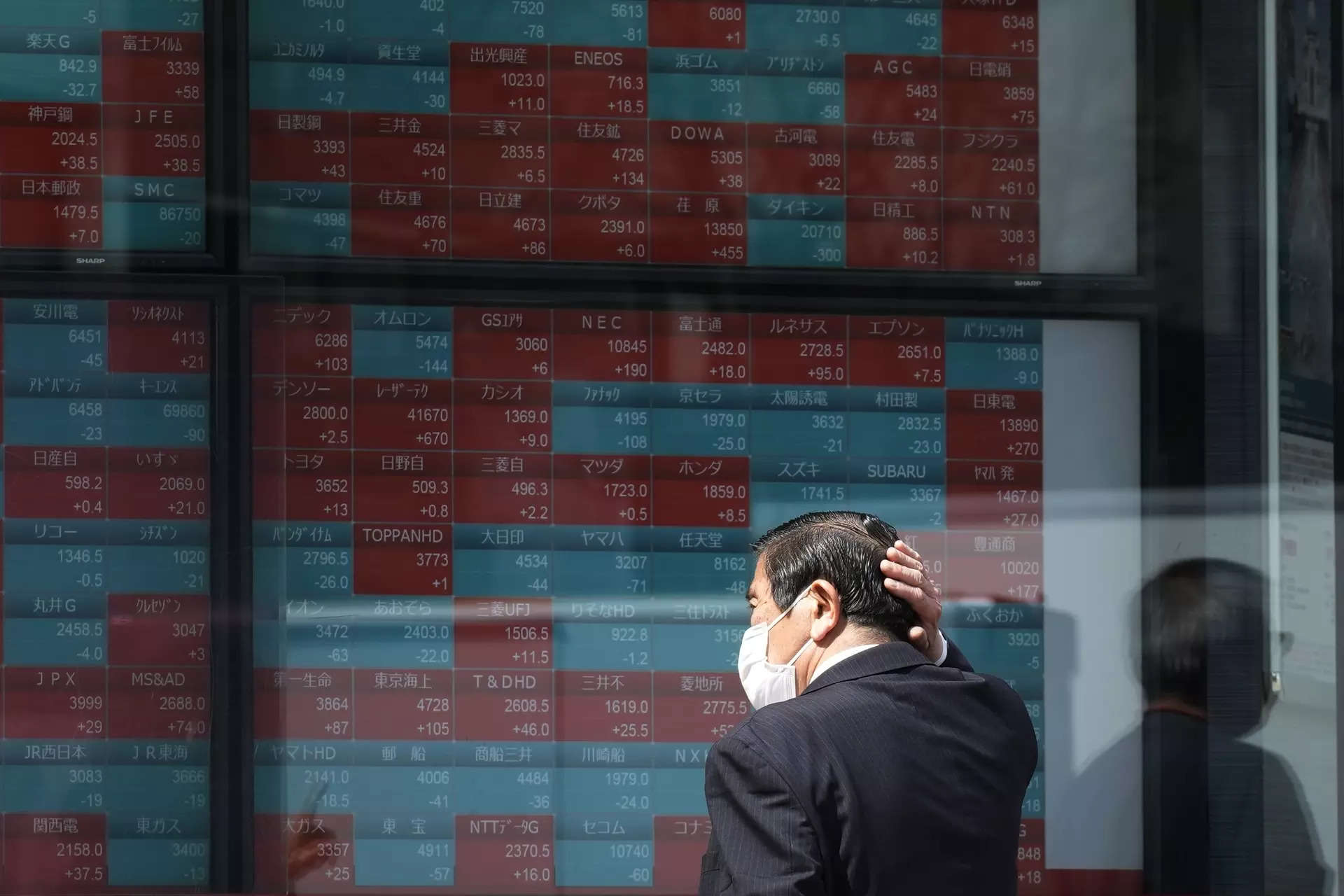[ad_1]
MSCI’s broadest index of Asia-Pacific shares outside Japan rose 0.2%. Japan’s Nikkei rose 0.6%.
Shanghai copper futures were up 1% at a two-year high and have gained more than 10% in a month. Zinc made a five-month high in Shanghai, where Aluminium made a 22-month peak on Monday.
Even iron ore, battered by China’s property downturn, steadied above $100 a tonne in Singapore.
“It’s pretty much a China bet,” said Vishnu Varathan, head of economics at Mizuho Bank in Singapore.
“It’s coincided with a global manufacturing bottoming, and I think that plays well into China’s industrial recovery. That aspect of it is a broader-based story for metals.” On Monday, data showed German industrial production rising more than expected in February. Last week, data showed U.S. manufacturing growing for the first time in one-and-a-half years. China’s manufacturing activity expanded for the first time in six months in March.
Precious metals have been soaring, too, with gold hovering just below a record high of $2,353 hit on Monday. Spot gold has risen nearly 14% this year.
Silver hit its highest since mid-2021 on Monday and platinum has also shot higher. Brent crude is below recent peaks but clinging above $90 a barrel at $90.62.
Chinese stocks have not joined the party, though Hong Kong’s Hang Seng was 1.2% higher in early trade and China proxies such as the Antipodean currencies have been rallying.
The Australian dollar is up almost 2% in a week and traded at $0.6605 on Tuesday. The New Zealand dollar has regained a footing above $0.60 and hit a two-week high of $0.6047 in morning trade.
China’s yuan, down about 1.8% this year, has found a floor around 7.3 to the dollar.
CPI AND ECB AHEAD
For global stock markets, bonds and currencies, the main focus this week is on U.S. inflation data due on Wednesday and the European Central Bank meeting on Thursday.
Expectations for U.S. rate cuts have been evaporating and where in January markets had expected more than 150 basis points in cuts, investors now are not even sure of half that many.
Annualised headline U.S. inflation is seen rising to 3.4% in March from 3.2% a month earlier. U.S. two-year yields , which track short-term interest rate expectations, are their highest since late November at 4.801%, while ten-year yields also hit 2024 highs of 4.46% on Monday.
The dollar has struggled to follow the rates higher, however, with the euro firm in case of a hawkish surprise from the ECB and the commodity currencies rallying.
The euro is at $1.0860.
The ECB is expected to hold interest rates, but flag a cut the markets have priced for June.
“A stabilisation around $1.0800 in the near term remains likely in EUR/USD, although drops to $1.07 or lower look more likely than a break higher to $1.09/1.10,” strategists at ING said.
The yen, meanwhile, continues to face heavy pressure as investors see any lags in global rate cuts as leaving the gap open wide with Japan’s near-zero interest rates.
At 151.87 per dollar, the yen is a whisker from last month’s 34-year low of 151.975. Against the euro, the yen is at its weakest for three weeks at 164.96.
Japanese Finance Minister Shunichi Suzuki said authorities will not rule out any options in dealing with excessive yen moves, repeating his warning that Tokyo is ready to act against the currency’s recent sharp declines.
“We expect (Japan) to intervene above 152, but not immediately on a break,” Standard Chartered strategist Steve Englander said in a note to clients.
[ad_2]
Source link
